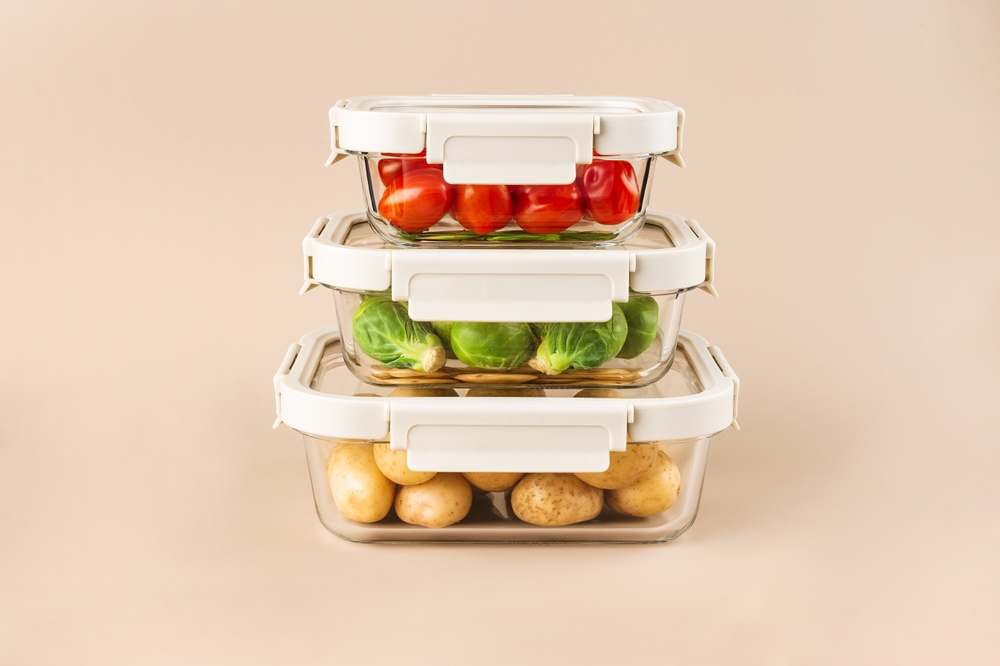S2K Commerce - Products Dropdown
Web Content Viewer
What Food Grade Means for Containers

There are several terms that may be used somewhat regularly when discussing containers and their ability to store and transport products, and one of the most notable here is "food grade." What exactly does this term mean, how does it compare to food safety in general, and what else do you need to know here if you have products that require this sort of consideration within their containers?
At Industrial Container and Supply Company, we proudly offer a huge range of wholesale plastic bottles, small and large glass containers, wholesale jar products, and various other glass and plastic container products to fill numerous client needs. Many of our container products meet food grade standards - what exactly do these mean? Here's a basic primer.
Food Grade Vs Food Safe
The two most common terms related to food and container storage are "food grade" and "food safe." While they may seem interchangeable, there are some differences.
Generally, food safe refers to any materials that will come into direct contact with the consumer and the product itself. So for instance, a packaging type like a plastic bag or container that is safe for food storage would be considered food safe.
Food grade, however, takes things a step further - it refers not just to the consumer and the product, but also to all surfaces and tools that interact with packaging during manufacturing, assembly and storage. This includes the packaging material itself, as well as any equipment that comes into contact with the product during processing, such as mixers or pumps.
In short, food safety focuses on the end consumer and direct product contact, while food grade standards encompass all aspects of the production and transportation process to ensure the highest level of sanitation and quality control.
Food Grade Packaging Integrity
There's another key difference between food grade and food safe that deserves its own mention: Of the two, only food grade containers and packaging products will maintain their integrity when exposed to changes in environment like temperature, humidity or other hazards.
While food safe containers may be suitable for direct product contact and basic storage, they may not hold up well when exposed to more extreme conditions. Food grade packaging, on the other hand, is specifically designed and tested to withstand various environmental factors without sacrificing its integrity or contaminating the product inside.
General Regulations
While this can vary somewhat between products and sectors, there tend to be a few general regulations - these typically apply to both food safe and food grade containers:
- Product intention: Not only is the overall safety of the container product important, the intended use should also be clearly defined and communicated. The container should be safe specifically for the product it's intended to hold.
- Sanitation and cleaning: All food grade and food safe containers must be able to withstand proper cleaning to avoid contamination risks. This includes both manual and automated washing, and in some cases may require specific materials or finishes.
- Use within proper temperature range: All packaging materials should be able to survive within their intended temperature range without damaging the container or product.
- Avoiding chemical reactions: Products should not interact with containers or packaging in a way that will negatively impact either one.
Ensuring Food Grade Compliance
For those seeking food grade compliance, there are several steps you can take:
- Verify supplier claims: If a manufacturer claims their containers are food grade, make sure to ask for documentation or certifications to support this.
- Conduct your own tests: If possible, conduct your own testing of the container product in question under various conditions.
- Stay current on regulations: Regulations and standards can change over time - make sure you stay up-to-date on any changes that may affect the safety or compliance of your container products.
Your Own Sanitation and Storage Processes
Even if you've been sure to utilize food grade containers, there are still several other steps you can take to ensure the safety and quality of your products during storage and transportation:
- Implement cleaning schedules: Establish a schedule for regular container cleaning and stick to it.
- Labeling: Clearly label all containers with important information such as expiration dates or product specifications.
- Proper storage: Ensure that containers are stored in a clean, dry and secure environment to avoid contamination risks.
- Monitor temperature: Keep an eye on the temperature of your storage areas to ensure that it falls within the appropriate range for your products.
When it comes to containers and product safety, it's important to understand the difference between food grade and food safe. While both terms focus on keeping products and consumers safe, food grade goes above and beyond to ensure the highest level of sanitation and quality control for all aspects of production and transportation.
At Industrial Container and Supply Company, we are committed to providing our clients with the highest quality and safest container products. Our knowledgeable staff can help you find the right food grade containers for your specific needs, and we offer fast shipping and bulk pricing options. Contact us today to learn more about how we can meet your packaging needs.
